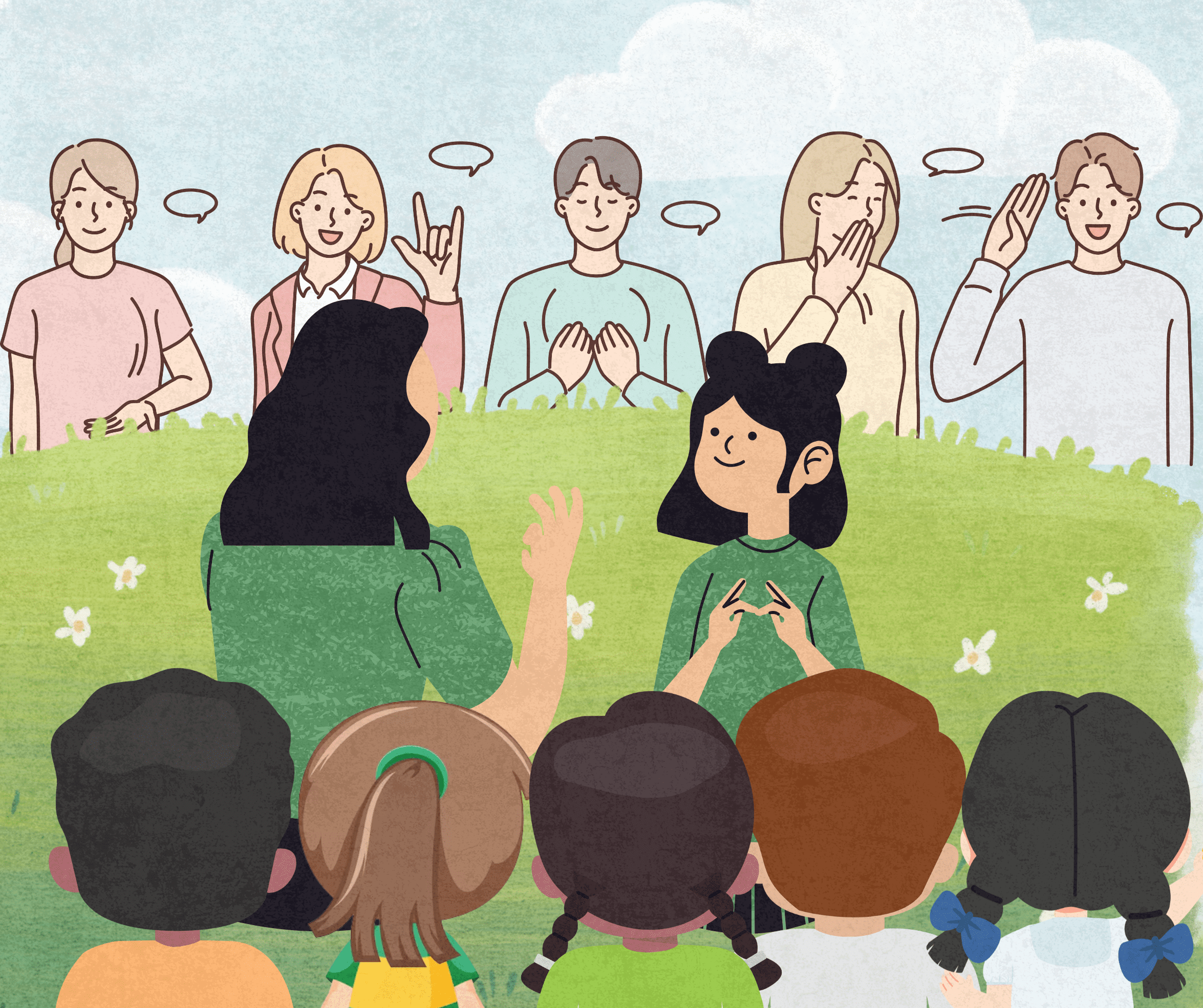Introduce yourself with confidence using this Sign Language – Welcome worksheet collection, designed to help learners master essential ASL greetings and introductions. With 15 engaging worksheets, this set covers key signs such as Welcome, Hello, Nice to Meet You, and Come In, making it perfect for beginners, classrooms, and anyone looking to improve their ASL communication skills. Through interactive exercises and visual guides, these worksheets provide a fun and structured approach to learning welcoming phrases in ASL.

Designed for A4 paper sizes and free to download, these 15 high-quality worksheets are a valuable resource for teachers, parents, and ASL learners of all ages. Whether you’re welcoming guests, making new friends, or practicing polite expressions, this printable set provides a comprehensive and interactive way to learn ASL greetings. Download now and start signing with ease!
Craft Ideas To Do With Sign Language- Welcome Worksheets
This collection also includes important social expressions like Good Morning, Good Afternoon, Good Evening, and Goodbye, helping learners build confidence in everyday interactions. Additional signs such as Welcome Friends, You’re Welcome, Join Us, and Visitor make it easier to communicate warm greetings and farewells in different settings. With activities focused on tracing signs, matching exercises, and practice drills, students can reinforce ASL fluency while engaging in real-world communication scenarios.
More Free Printable Worksheets
If you're looking for more related worksheet goodies that kids love, we think you'll particularly enjoy these worksheet collections:
